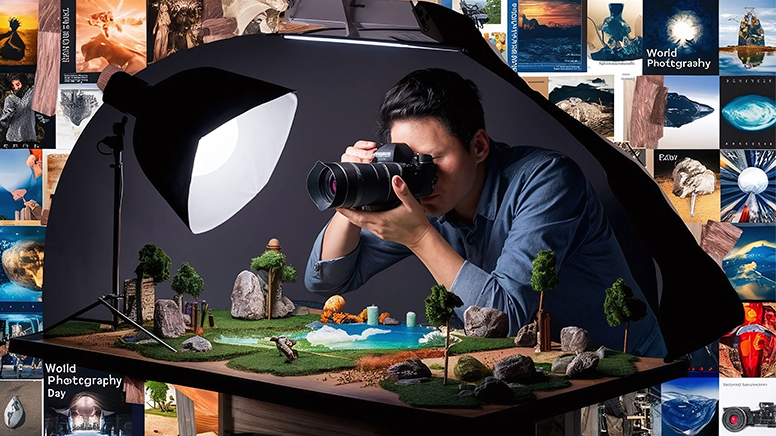The Importance of Light in Photography: A Comprehensive Guide
Introduction:
Light in Photography, at its core, is the art of capturing light. Without light, there is no image, no scene, no story. The way light interacts with the subject, the shadows it casts, the highlights it creates—these elements all work together to define the mood, tone, and emotion of a photograph. Whether you’re an amateur photographer experimenting with your first camera or a seasoned professional, understanding the role of light in photography is crucial. In this comprehensive guide, we will explore the importance of light in photography, focusing on the concept of a “photoshoot with light” and covering various aspects such as background light photography, light reflection photography, emotion photography ideas, and more.
The Fundamentals of Light in Photography
Light is not just a technical component in photography; it is the essence of the art itself. The word “photography” is derived from the Greek words “phos,” meaning light, and “graphê,” meaning drawing. Essentially, photography is “drawing with light.” A successful photoshoot with light requires an understanding of how light interacts with the environment and the subject, as well as how to manipulate it to achieve the desired outcome.
Understanding the Behavior of Light:
- Direction: The direction of light in Photography influences the shadows and highlights in an image. Front lighting, side lighting, and backlighting each offer unique effects that can dramatically change the perception of the subject.
- Quality: Light in Photography can be soft or hard. Soft light, often achieved using diffusers, results in gentle shadows and a flattering, smooth appearance. Hard light, on the other hand, creates sharp shadows and highlights, adding drama and texture to the image.
- Color Temperature: Light in Photography comes in various colors, from the warm tones of a sunset to the cool hues of a cloudy day. Understanding color temperature is essential for achieving accurate and visually appealing photographs.
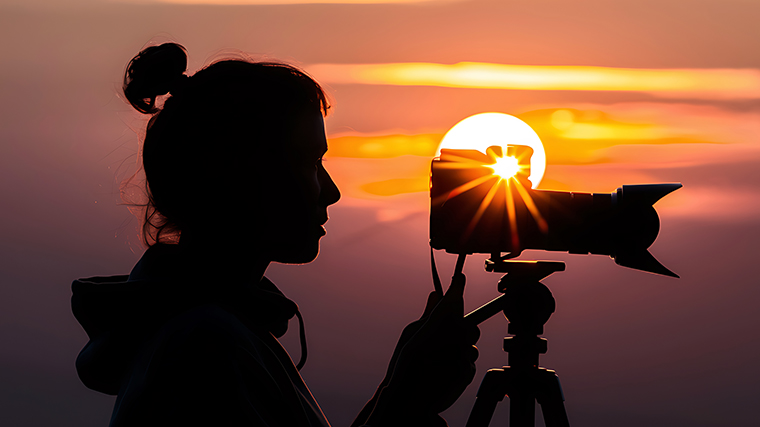
Background Light in Photography: Creating Depth and Dimension
Light In photography, background light is used to separate the subject from the background, adding depth and dimension to the image. This technique is particularly useful in portrait photography, where it helps to prevent the subject from blending into the background. A well-executed photoshoot with light involves carefully placing background lights to achieve the desired effect.
Key Techniques:
- Rim Lighting: Rim lighting involves placing a light source behind the subject, creating a halo or rim of light in Photography around the edges. This technique is perfect for emphasizing the shape and contours of the subject, especially in low-light situations.
- Backlighting: Backlighting is when the primary light in Photography source is positioned behind the subject, shining towards the camera. This technique can create a silhouette effect, where the subject is dark against a bright background. It’s often used in outdoor light in photography during sunrise or sunset, capturing the beauty of natural light.
Incorporating background light in photography into your photoshoot allows you to create striking images with a three-dimensional feel, enhancing the overall impact of the photograph.
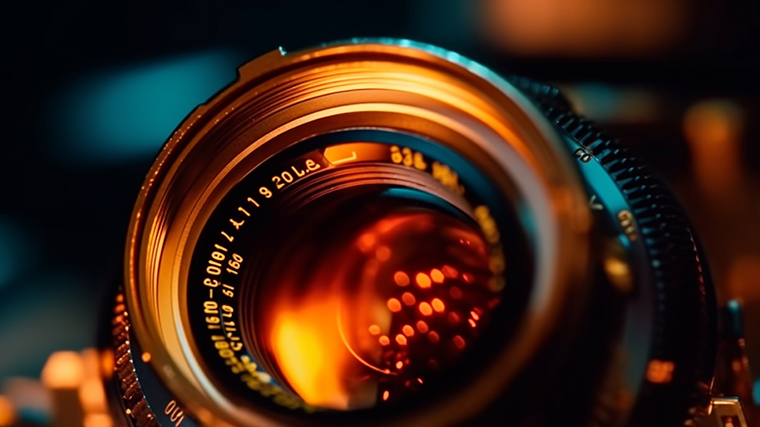
Light in Photography Reflection: Harnessing Reflected Light
Light in photography reflection involves using reflective surfaces to bounce light onto the subject, creating interesting patterns, textures, and effects. This technique is commonly used in still life, product, and architectural photography, where reflections can add a layer of complexity and intrigue to the image.
Techniques and Tips:
- Using Natural Reflectors: Natural elements like water, glass, or metallic surfaces can reflect light in photography beautifully, creating unique and captivating images. For example, light reflection photography can transform a simple scene by introducing reflections from a nearby window or a body of water.
- Artificial Reflectors: In studio settings, photographers often use reflectors made of materials like silver, gold, or white fabric to bounce light onto the subject. This helps to fill in shadows, soften the light, and add a glowing effect to the image.
When planning a photoshoot with light in photography, consider how reflections can enhance the scene. Experiment with different angles and surfaces to discover creative ways to use reflected light in your photography.

Emotion Ideas: Capturing Mood Through Light in Photography
Light in photography plays a significant role in conveying emotion in photography. The way light is used can evoke different feelings, from warmth and comfort to tension and mystery. Whether you’re shooting portraits, landscapes, or still life, understanding how to manipulate light to convey emotion is a powerful tool in your photographic arsenal.
Emotional Impact of Different Lighting:
- Soft, Diffused Light: Soft light is often associated with calmness, intimacy, and serenity. It’s ideal for emotion light in photography ideas where the goal is to capture gentle, tender moments, such as a quiet portrait or a peaceful landscape.
- Dramatic, High-Contrast Lighting: High-contrast lighting, with sharp shadows and bright highlights, can create a sense of drama, tension, or mystery. This type of lighting is perfect for storytelling light in photography, where the light enhances the narrative by emphasizing certain emotions.
When planning emotion light in photography ideas, think about the mood you want to convey and how light can help you achieve that. By carefully choosing your light sources and modifying them as needed, you can create images that resonate emotionally with viewers.
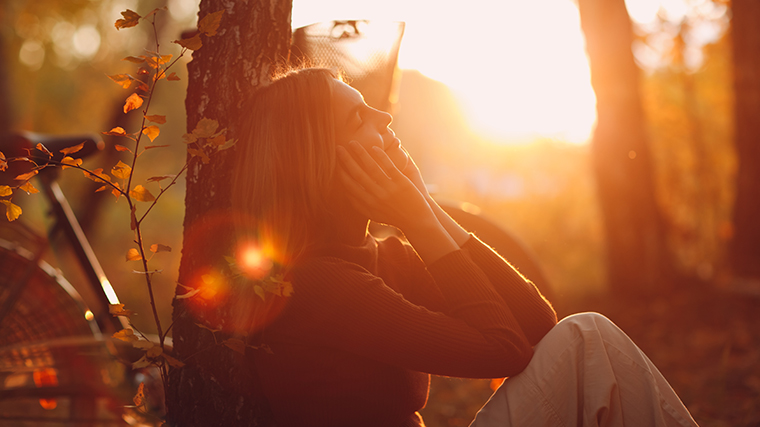
Natural Light in Photography: Embracing the Sun
Natural light in photography relies on sunlight as the primary light source. It’s one of the most accessible and versatile forms of light in photography, allowing for a wide range of creative possibilities. From the golden hour to overcast days, natural light offers various qualities that can be harnessed to create stunning images.
Harnessing Natural Light:
- Golden Hour: The golden hour, which occurs shortly after sunrise and before sunset, is a favorite among photographers. During this time, the sunlight is soft, warm, and diffused, creating a flattering and ethereal glow. A photoshoot with light during the golden hour can result in breathtaking images with rich colors and soft shadows.
- Overcast Conditions: Cloudy days provide soft, even lighting that minimizes harsh shadows and highlights. This type of lighting is ideal for portraits, as it creates a flattering, natural look without the need for additional equipment.
Natural light in photography is all about adapting to the available light and using it to your advantage. By understanding the different types of natural light and how they affect your images, you can elevate your photography to new heights.
Pictures of Natural Sources of Light: Capturing Nature’s Beauty
Nature offers a myriad of natural light sources that can be captured light in photography, from the sun and moon to fire and bioluminescent organisms. Pictures of natural sources of light are not only visually stunning but also evoke a sense of wonder and connection with the environment.
Exploring Natural Light Sources:
- Sunlight: Sunlight is the most common and powerful natural light source. Its versatility allows photographers to create a wide range of effects, from dramatic silhouettes to soft, glowing portraits.
- Moonlight: Moonlight provides a subtle, mystical light that can add an otherworldly quality to light in photography. Capturing the delicate glow of the moon requires careful planning and an understanding of long-exposure techniques.
- Fire: The warm, flickering light of fire creates a cozy and intimate atmosphere in photographs. Whether it’s a campfire, candlelight, or lantern, firelight adds a unique and timeless quality to images.
By focusing on pictures of natural sources of light in photography, you can capture the beauty and essence of the natural world, creating images that are both powerful and evocative.
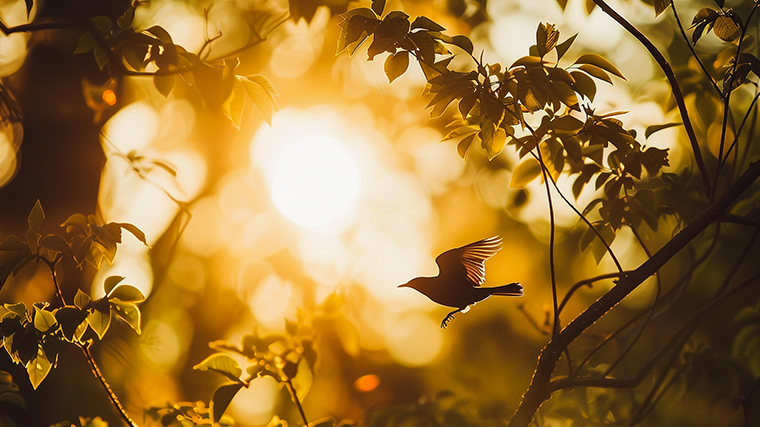
Sunlight in Photography: The Ultimate Light Source
Sunlight is the most abundant and influential source light in photography. It shapes landscapes, defines architecture, and brings out the natural beauty in portraits. Sunlight photography is all about understanding how to work with the sun’s position, intensity, and quality to create compelling images.
Techniques for Sunlight in Photography:
- Using Shadows: Shadows play a crucial role in sunlight in photography. They can add depth, texture, and contrast to an image, creating a dynamic composition. Experimenting with shadows can lead to creative and visually striking photos.
- Lens Flare: Lens flare occurs when sunlight hits the camera lens at a certain angle, creating bright spots or streaks of light in photography in the image. While some photographers avoid lens flare, others embrace it as a creative tool to add a dreamy, artistic effect to their photos.
Sunlight in photography requires a keen eye and a deep understanding of how the sun interacts with the environment. By mastering the art of capturing sunlight, you can create images that are vibrant, impactful, and full of life.
Different Types of Light in Photography: Expanding Your Toolkit
Photography offers a wide range of light in photography techniques, each with its unique characteristics and applications. Understanding the different types of lighting in photography allows you to choose the best approach for each photoshoot, ensuring that you achieve the desired effect.
Common Lighting Types:
- Natural Light: As discussed, natural light in photography is versatile and easily accessible, making it a popular choice for photographers of all levels.
- Artificial Light: Artificial light in photography sources, such as studio lights, flash, and continuous lighting, offer greater control and consistency. They are often used in commercial photography, portraits, and product shoots where precision is key.
- Low Key and High Key Lighting: Low key lighting creates a moody, dramatic effect with deep shadows and minimal highlights, while high key lighting results in bright, airy images with reduced contrast.
By experimenting with different types of lighting in photography, you can expand your creative possibilities and develop a signature style that sets your work apart.
Conclusion
Light is the most critical element in photography, shaping the way we see and interpret images. Whether you’re capturing the softness of natural light, the drama of high-contrast lighting, or the reflections of a shiny surface, understanding the importance of light in photography is essential for creating compelling and evocative images. A well-planned photoshoot with light can transform ordinary scenes into extraordinary works of art, leaving a lasting impression on viewers. As you continue your journey in photography, keep experimenting with light, exploring new techniques, and pushing the boundaries.
Clarify Your Doubts (FAQ's)
We reimburse all expenses of the Client for the payment of fines and penalties that were caused by mistakes made by us in accounting and tax accounting and reporting.
We reimburse all expenses of the Client for the payment of fines and penalties that were caused by mistakes made by us in accounting and tax accounting and reporting.
We reimburse all expenses of the Client for the payment of fines and penalties that were caused by mistakes made by us in accounting and tax accounting and reporting.
We reimburse all expenses of the Client for the payment of fines and penalties that were caused by mistakes made by us in accounting and tax accounting and reporting.
We reimburse all expenses of the Client for the payment of fines and penalties that were caused by mistakes made by us in accounting and tax accounting and reporting.
We reimburse all expenses of the Client for the payment of fines and penalties that were caused by mistakes made by us in accounting and tax accounting and reporting.
We reimburse all expenses of the Client for the payment of fines and penalties that were caused by mistakes made by us in accounting and tax accounting and reporting.
We reimburse all expenses of the Client for the payment of fines and penalties that were caused by mistakes made by us in accounting and tax accounting and reporting.

